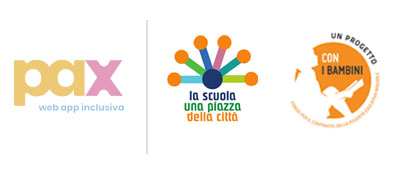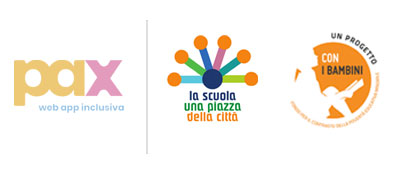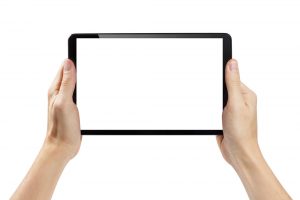The steps of pregraphism
Around the age of two and a half, children try to imitate the writing of adults, drawing mostly horizontal lines, then more wavy. At the age of three they try instead to close symbols and figures that before they left open. At the age of four, children can draw some letters of the alphabet. Around the age of five, they can associate the symbol with the sound and write the letters of the alphabet by heart, that is, without copying them. Not all children follow this pattern; they should be left free to express themselves as they wish. They often use drawings and colors to express themselves creatively and freely!
How do we stimulate graphomotor skills?
Daily activities
Games
Rotation exercises
Tension Awareness
Drawing lines
Drawing Footprints
Draw caterpillars
Chase the thief
with sounds
We create and we destroy
Sand or flour
Beads and pearls
How do we stimulate graphomotor skills?
Daily activities
Games
Rotation exercises
Tension Awareness
Drawing lines
Drawing Footprints
Draw caterpillars
Chase the thief
with sounds
We create and we destroy
Sand or flour
Beads and pearls
The mystery box game
You can easily make it using a box where you will make two parallel holes to put your child’s arms through, then position it so that he cannot see the contents with his eyes, so that learning is effective for its purpose. Inside you can put various products, the game is to guess just by feeling what it is.
The game of zippers
on a box you can glue some old hinges of different colors, and invite your child to open and close the one with the color you indicated. Try to glue as many as possible, the more colors and hinges there are, the more difficult and challenging this game becomes, if you want to try it yourself you will realize that it is not a walk in the park to choose the color, open and close trying to always reduce the time to accomplish the given task. I recommend, always without insisting or forcing, but wait for the natural time of the child.
Creating alphabet letters using the body
Children lie on the floor and can create the letter either on their own or with other classmates.
Division into syllables through motor games
The adult says the name of the child (Michela), puts the circles on the ground, the child has to jump inside the circles, when he is in the circle he claps his hands and says MI, then he claps his hands and says CHE and then he claps his hands and says LA. He associates the movement or the jump with the clapping and the division into syllables (which he knows not on a theoretical level but as sounds).
Knowing the lines
Before knowing the lines at theoretical level and on the exercise book it is important to make them know at motor level, they must run in a straight way to know the straight line (with one leg, jumping, putting the chines at the beginning and at the end), to know the curved line they must reproduce a wave of the sea (they pass under over), zig zag line.
The cards
They are used for the child to learn to draw lines, to close open lines, to follow a line. Words are drawn or colored, filled in. In the pregraphics worksheets the exercise itself, which is very important, is hidden under the game and the drawing, which the child usually knows and appreciates at that age.
We recommend the site: http://biancosulnero.blogspot.com/2015/11/pregrafismo-per-la-scuola-dellinfanzia.html
Let's play online 1
A teacher explains a fun activity to stimulate pregraphics.
Let's play online 2
Here is an activity to improve fine motor skills.
Learn with interactive games!
Blackboard: the adult reproduces lines, mountains, waves on the blackboard and the child tries to imitate him.



